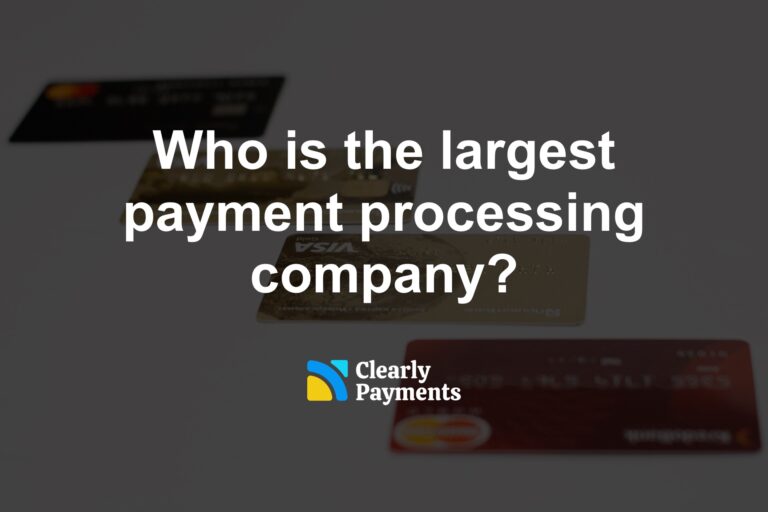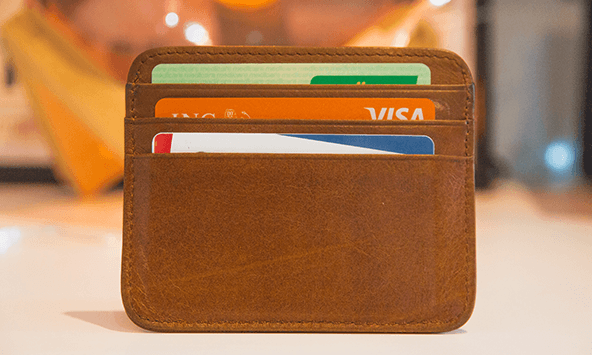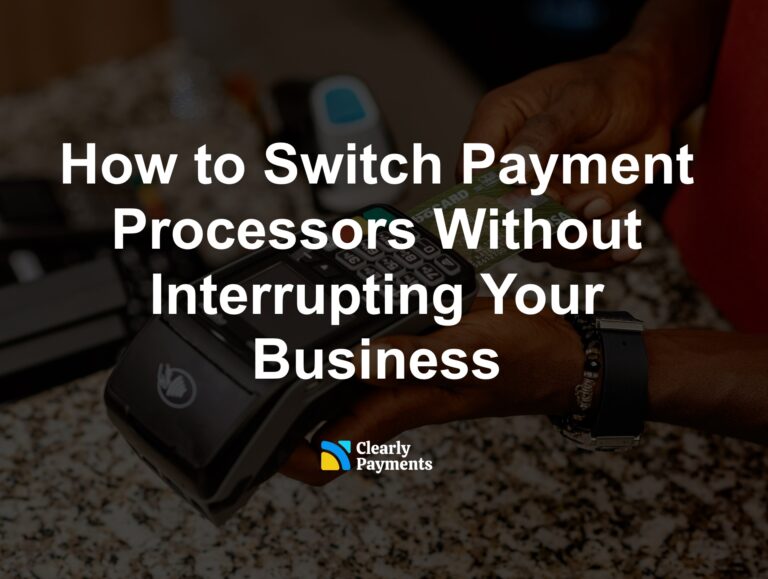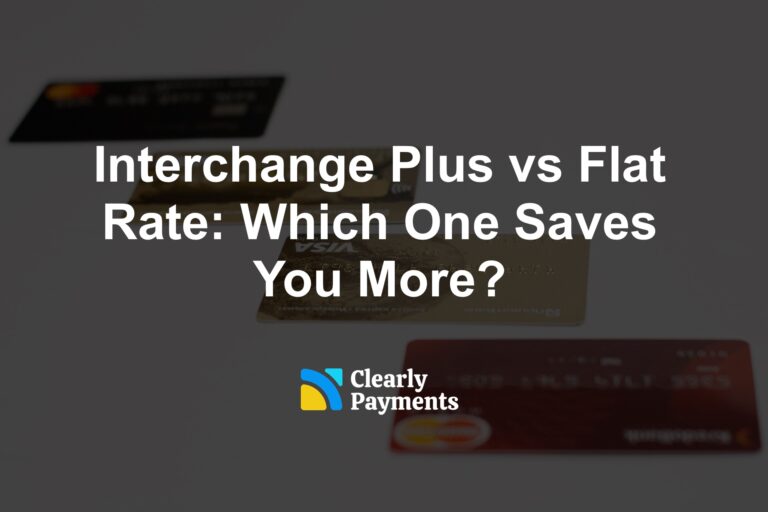There are a number of different methods that payment processors charge for credit cards. Behind these pricing methods are costs which vary depending on numerous factors. It’s important for you to understand why sometimes higher fees are charged to you as a merchant. This can help you plan better and also reduce costs.
Premium cards: Not all credit cards cost the same to use. If your customer uses a basic credit card, that transaction will likely be considered a qualified transaction. It will be cheaper because the interchange rate for qualified transactions is lower. Premium cards, rewards cards, corporate cards all have different and higher rates. The different could be up to several percent difference.
Card not present (CNP): A customer may use a credit card to purchase from you in person, in your store or office. This is considered “card present”. Card present has cheaper rates because it is lower risk. You see the customer and you can verify the identity. Transactions that are over the phone or eCommerce, for example, are card not present. These have higher rates. The difference could be around a 1% increase.
Cross border: When a customer buys from you with their credit card that is from a different country that your business banks in, there will be an increased fee. The cross-border fee (aka international fee) is typically between 0.5% and 1.25% in addition to the standard rates.
These are some of the most typical reasons a processor will charge higher rates for a transaction.

Who is the largest payment processing company?
When most people think about credit card payments, names like Visa or Mastercard come to mind. But while these credit card networks provide the infrastructure



